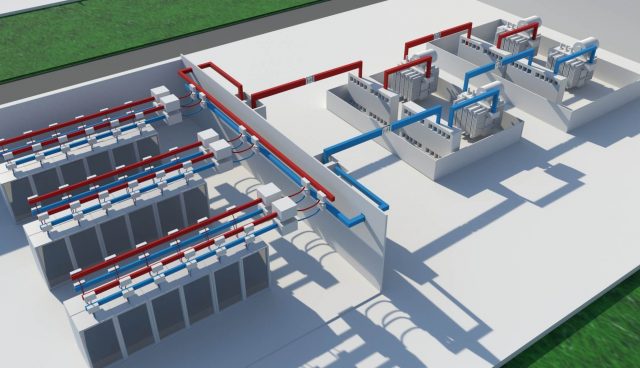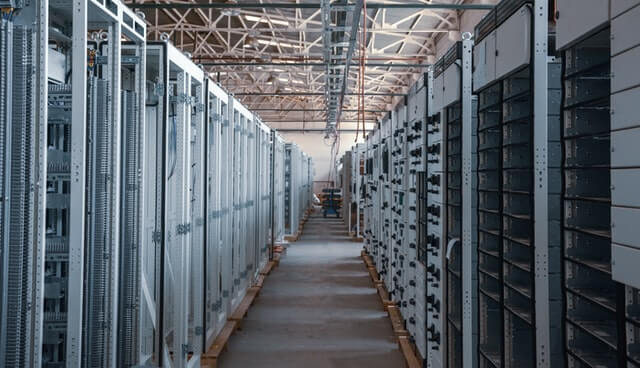Industries are under constant pressure – to improve product quality, boost factory efficiency, stay competitive, enhance safety, security and sustainability, and remain profitable.
Industrial Application
Thanks to Industry 4.0 technologies such as machine-to-machine digital connectivity (the Industrial Internet of Things, or IIoT), artificial intelligence (AI), machine learning, advanced automation, robotics, and additive manufacturing, organizations become faster, more flexible, more granular, more accurate, and more efficient.
Your Challenges
Safety
Almost every factory or workplace features electrical equipment of some kind. If poorly maintained such machinery. lighting, power distribution or power transmission can cause serious accidents. The risks increase the larger and more powerful the equipment, making electrical safety measures even more important.
Security
Cost
Minimize capital outlay and operating expenses: Our solutions promote quick deployment with minimum manpower. Our product solutions with a compact design that is space-saving, reduces installation costs and maintenance frequency. So you can control costs now and plan for future growth only as needed.
Scalability
Scalability is indispensable to accommodate next-generation developments. Reliability and infrastructure uptime is an uttermost demand of data-rich companies, while any outage can have an deteriorating impact on business revenue and daily lives.
Energy Efficiency
Improvements in ‘Energy Efficiency’ are highly commendable as Industrial buildings impose a great economic burden on their operators as well as an acute environmental impact to global carbon footprints.
Our Applications
Power Distribution and Transmission Solutions
Embracing smart building technology allows suppliers the flexibility to collaborate with their customers to create more targeted, outcome-based solutions. Digitalisation along with the emergence of IoT and the increased dependence on electrical energy were all factors in the increased need for smart, flexible, efficient and reliable energy systems. We have identified the areas whereby digital solutions can have the greatest impact namely safety, heat rate and efficiency, and maintenance and reliability.
- Energy Efficiency/ Low Voltage Drop
- Operating Continuity
- Flexibility To Expand
- Low Maintenance Frequency
- Low E.M.F Emission
- Halogen Free
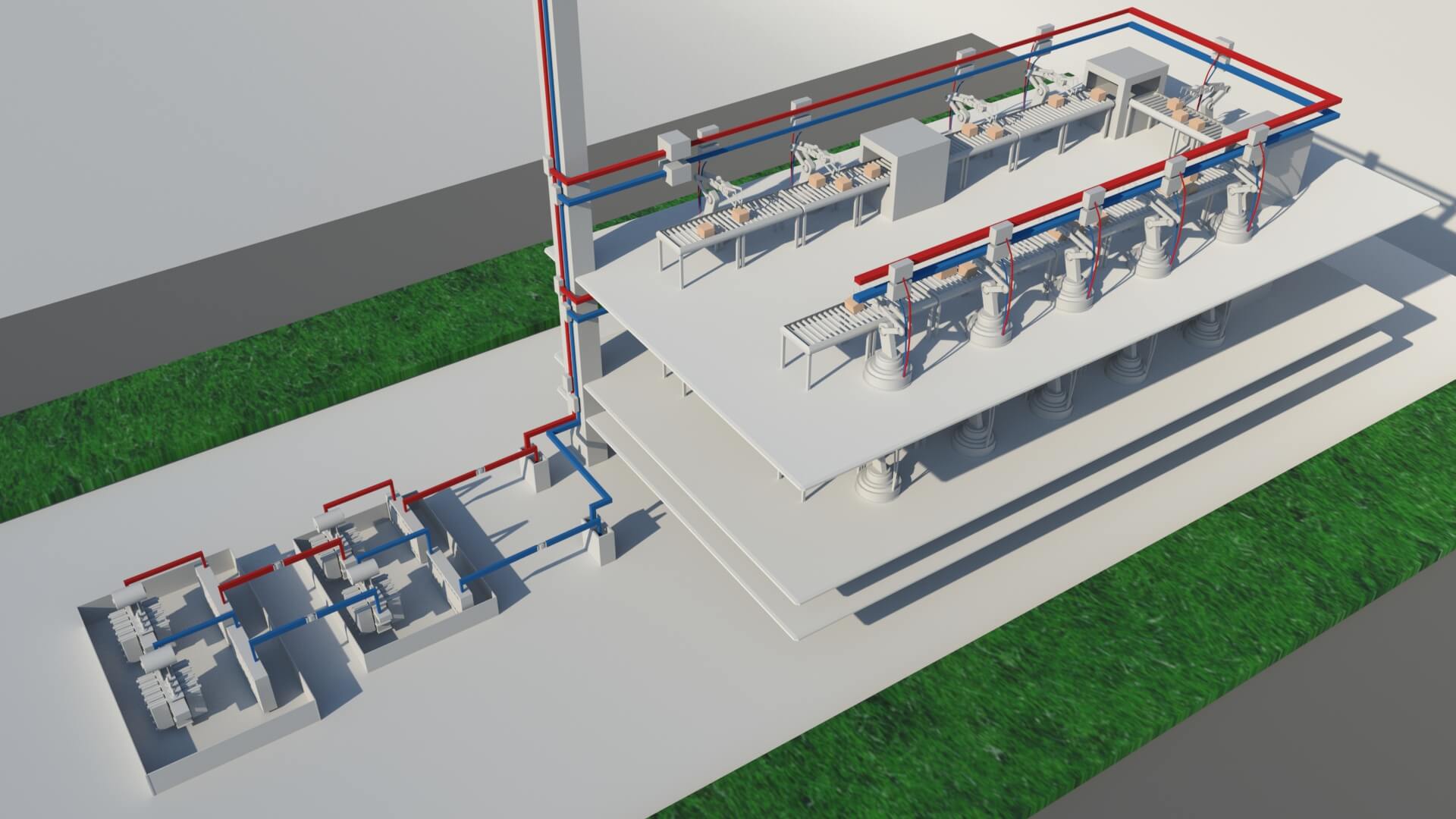
In decentralized distribution, evolving operating requirements and costs are integrated right from the start.
- The addition, relocation or replacement of load equipment can be carried out quickly, without de-energizing the supply trunking or shutting down operation,
- The cost of making such changes is greatly reduced:
□ loads are located close to supply points,
□ plug-in points are always available,
□ plug-in units can be reused or new ones added quickly for load relocation or replacement needs.
Reusable in the event of major changes
When making major modifications to your installation, the existing trunking can be easily dismantled and reused
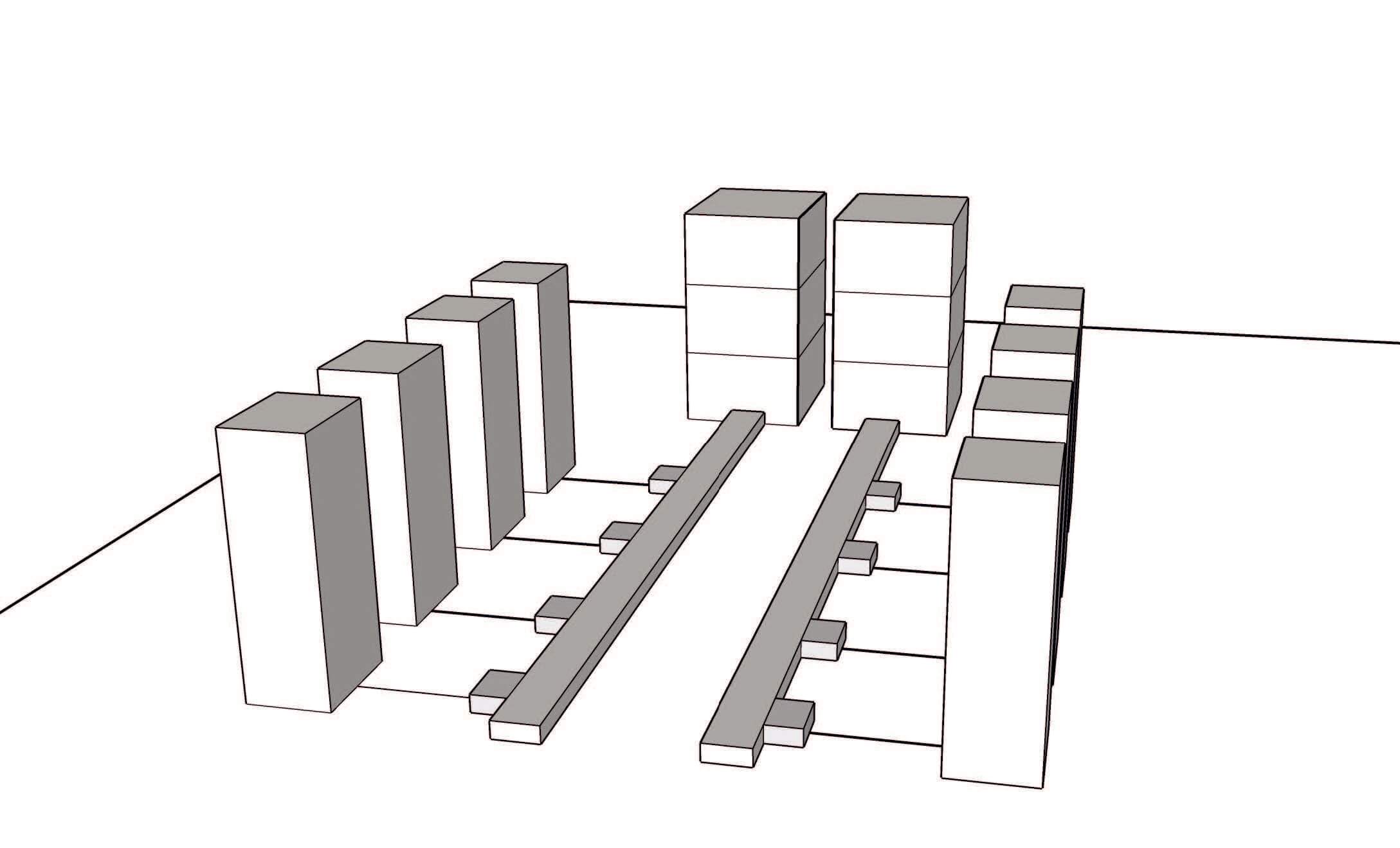
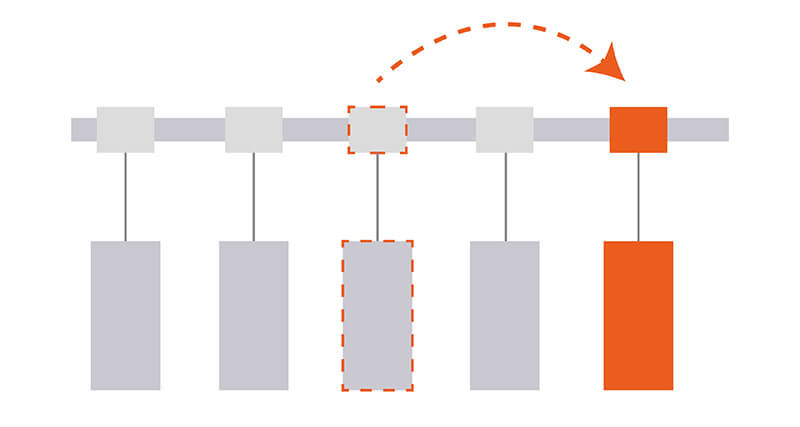
-
Compact design reduces installation cost, reduce frequency, time and cost for maintenance
-
Able to transmit large volumes of electricity across long distances even in very small spaces
-
Saving space
-
Long-lasting: Simplified design and reduced development time of the project
- Transmit reliable power with low E.M.F emission: Compliant to Electromagnetic compatibility (EMC) standards with low Electromagnetic Field emission resulting in minimum interference to the data servers.
- Our products are halogen-free with no toxicity emission in case of fire

When working on the electrical installation, the busbar trunking provides immediate readability of the electrical circuit thus allowing the appropriate zone to be quickly identified.
Lighting - Better lighting for better results
To remain strong in industry, you must scrutinize costs across every process. Lighting can account for up to 80% of a warehouse’s energy bill, so it must be as efficient and cost-effective as possible. Longer-lasting and energy-efficient LED lighting can have an enormous impact on your bottom line, reducing operational costs through reduced downtime and lower energy consumption, keeping your employees safer on the work floor, and improving productivity.
- What if your lighting can deliver insights that can help allow you to manage your facilities more productively?
- What if your lighting can help you maximize energy savings?
- What if you can create an environment in which your employees feel safer and perform the best?
Cost Reduction
- Lower energy consumption with cost-effective LED lighting and controls
- Plan outages and maintenance to reduce disruption and downtime
Operations Optimisation
- Increase employee productivity and optimize labor costs by enhancing working conditions
- Improve customer loyalty through improved manufacturing performance
- Future-proof the work floor with easy rezoning, without changing the lighting fixtures
Health and Safety Enhancement
- Comply with national and international safety standards
- Create a safe work environment by ensuring a well-lit workfloor
- Promote employee well-being with high-quality LED lighting
Sustainability Improvement
- Lower carbon footprint by reducing energy consumption
- Minimize environmental impact with improved efficiency, fewer mistakes, and less waste
- Comply with national and international energy and environmental regulations
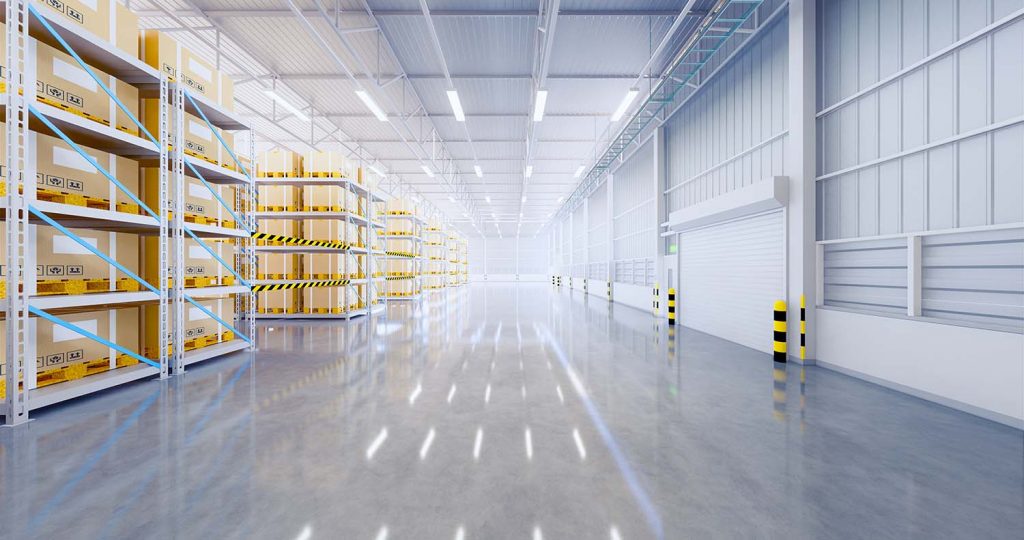
Data Communications
To create a fully automated industry would mean to ensure the interconnection of the isolated operational systems, a more efficient management of production processes, and a better availability of information from field devices throughout the plant. When the first steps towards the innovations were made, automation was limited to local control of specific machines, leading to automatic systems isolated from each other that were unable to share information to optimize the development of work on a larger scale. Eventually, the big players of the industry came up with the urgent need to integrate the information between plants and factories of the same group.
It’s a well-known fact that industrial communication networks are vital for successful digital transformation, building the basis for consistent, end-to-end integration, digitalization and optimization of the entire value chain, including external suppliers. Hence, unlimited data consistency and transparency based on an industrial communication network creates the ground for highly efficient interoperability across all automation components. In such a way, the companies can skillfully utilize their production plants and respond more flexibly than ever to market demands.

Faster time to revenue
Empowering cloud architectures
Managing the data explosion


